When it comes to transportation logistics and heavy hauling, understanding the specifications of flatbed trailers is crucial. In this guide, we will dissect the weight aspects of a 30 ft flatbed trailer and explore the various parameters affecting its overall mass. This information is essential not only for manufacturers and distributors but also for operators, logistics managers, and owners who are responsible for the safe and efficient transportation of goods.
Understanding Flatbed Trailers
Flatbed trailers are among the most versatile types of trailers available on the market. They are designed to carry various types of loads, ranging from construction materials to machinery. Unlike enclosed trailers, flatbeds allow for easier loading and unloading from all sides.
Construction of Flatbed Trailers
Flatbed trailers are usually constructed with the following components:
| Component | Description |
|---|---|
| Frame | Typically made from high-strength steel or aluminum. |
| Deck | A flat surface, often made from wood or composite materials. |
| Axles | Help distribute the weight of the trailer load. |
| Wheels and Tires | Designed to handle heavy loads and varying terrain conditions. |
| Safety Features | Include tie-downs, side rails, and sometimes stakes to keep loads secured. |

Types of Flatbed Trailers
Understanding the different types of flatbed trailers is essential. The main types include:
- Standard Flatbed Trailers: Basic, versatile trailers.
- Step Deck Trailers: Feature a lower deck for taller loads, allowing for more cargo height.
- Double Drop Trailers: Designed for transporting extra tall loads by providing two drops in trailer height.
- Heavy-Duty Flatbed Trailers: Built for transporting exceptionally heavy materials and often constructed with reinforced beams and frames.
How Much Does a 30 ft Flatbed Trailer Weigh?
General Weight Ranges
The weight of a 30 ft flatbed trailer typically ranges from 3,000 lbs to 7,000 lbs (approximately 1,361 kg to 3,175 kg). The specific weight depends on numerous factors, including materials used, design specifications, and additional features.
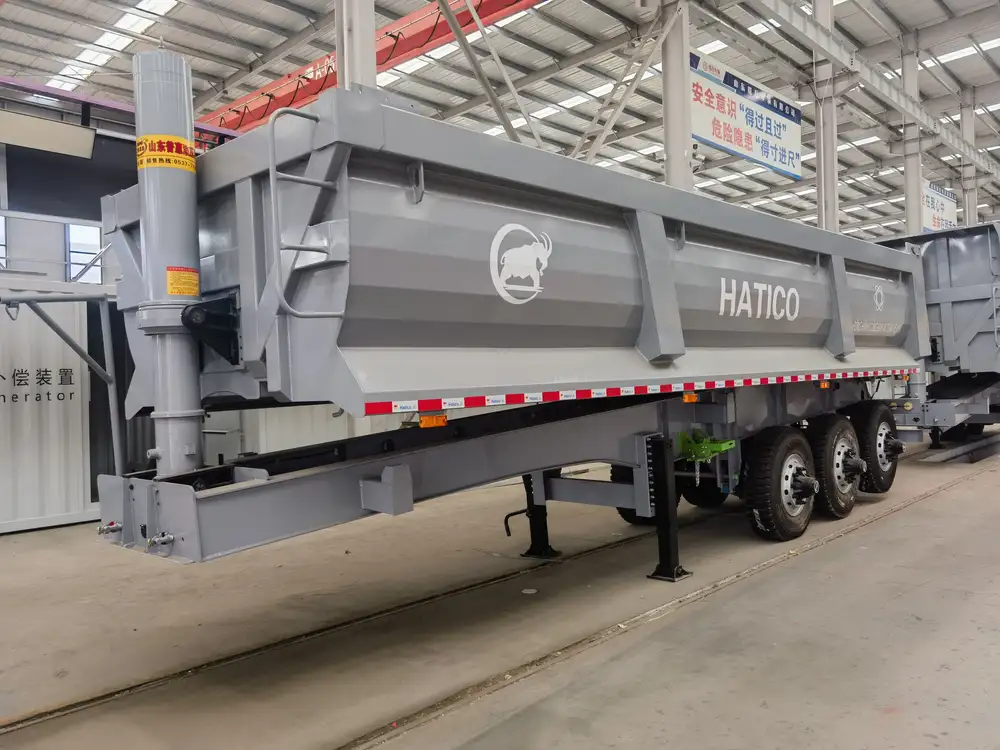
Material Influence on Weight
The material used in the construction of the trailer plays a significant role in determining its weight:
| Material | Average Weight (30 ft trailer) | Characteristics |
|---|---|---|
| Steel | Approx. 5,000 – 7,000 lbs | Highly durable but relatively heavy. |
| Aluminum | Approx. 3,000 – 4,500 lbs | Lightweight and resistant to corrosion. |
| Composite | Approx. 3,500 – 5,000 lbs | Balance of weight and strength. |
Design Features Affecting Weight
The design and additional features of the trailer also impact its weight:
- Type of Decking: Wooden decking may weigh more than aluminum deck, impacting the overall mass.
- Number of Axles: More axles generally mean more weight, enhancing load distribution.
- Braking System: Hydraulic systems often add additional weight compared to simpler mechanical setups.
- Flywheel or Reinforcement Bars: These can enhance structural integrity but also contribute to increased weight.
Axle Configuration and Weight Distribution
The number of axles is a critical aspect that affects both weight and load capacity. A standard 30 ft flatbed trailer usually has two axles:
| Axle Configuration | Maximum Load Rating | Weight Contribution |
|---|---|---|
| Single Axle | Up to 10,000 lbs | Lower weight, limited capacity. |
| Dual Axles | Up to 30,000 lbs | Enables better weight distribution and increased capacity. |
Understanding axle configuration helps logistics planners to choose the right trailer for different types of cargo.
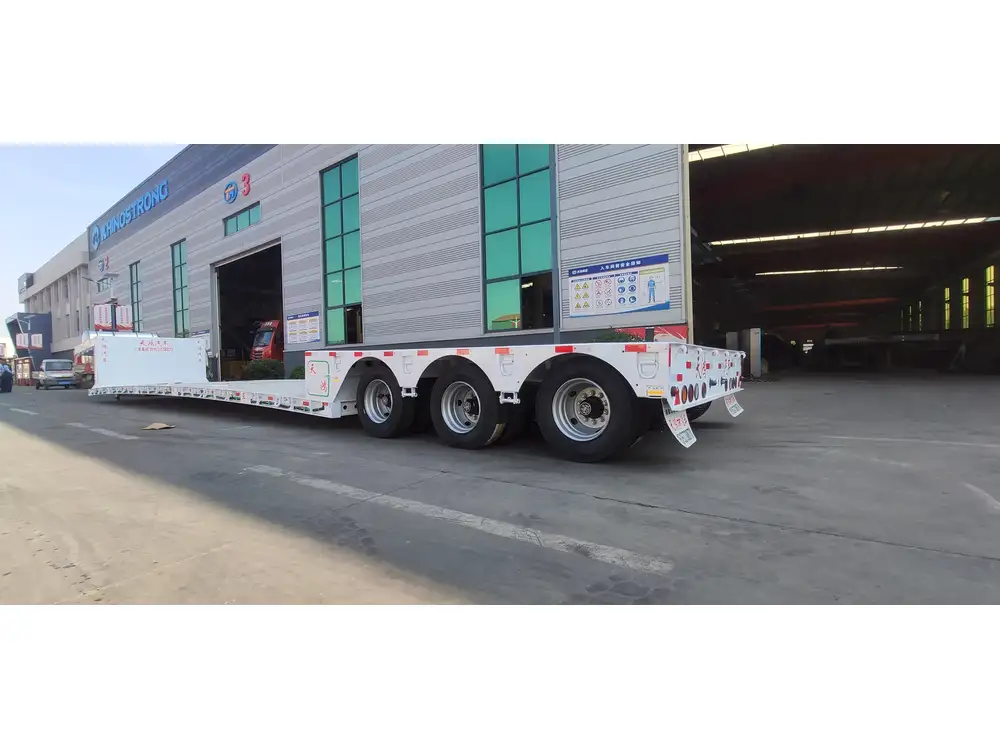
Regulatory Considerations on Trailer Weight
Compliance with DOT Regulations
One of the most critical aspects of owning and operating a flatbed trailer is understanding the Department of Transportation (DOT) regulations. Each state has specific weight limits that affect how much a trailer can carry and tow.
- Gross Vehicle Weight Rating (GVWR): This indicates the maximum weight a vehicle can safely handle, including its own weight plus its cargo.
- Federal Bridge Formula: This formula assesses the weight distribution to ensure that the trailer’s design adheres to safety standards.
Permitting for Overweight Loads
For loads exceeding standard weight limits, transporters must procure special permits to legally carry the cargo. These permits may require specific routes and additional safety precautions.

Practical Implications of Trailer Weight
Fuel Consumption and Efficiency
One of the unspoken consequences of trailer weight is its impact on fuel efficiency. Heavier trailers can lead to increased fuel consumption due to the strain placed on the vehicle’s engine.
Fuel Efficiency Considerations:
- A heavier load means more power is required to maintain speed, leading to more fuel burned.
- An optimal balance of weight can significantly enhance overall vehicle efficiency.
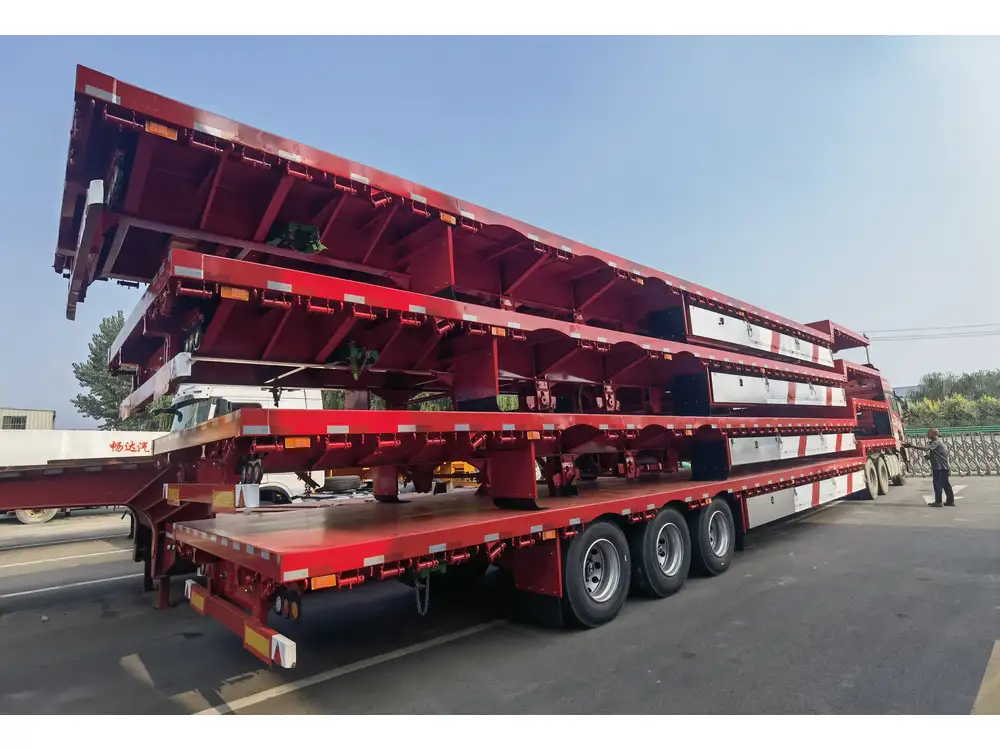
Load Capacity and Safety Concerns
Exceeding the weight limit can lead to severe safety issues:
| Issue | Potential Consequences |
|---|---|
| Tire Blowouts | Increased stress can lead to tire failures. |
| Brake Failure | Heavier loads can impair braking efficiency. |
| Rollovers | A heavier trailer is more prone to losing control. |
Impact on Transport Vehicles
The weight of the trailer directly affects the choice of towing vehicle.
- Light-Duty Trucks may struggle to effectively pull heavier trailers.
- Heavy-Duty Trucks are equipped for heavier loads and offer better stability.
Choosing the Right Flatbed Trailer
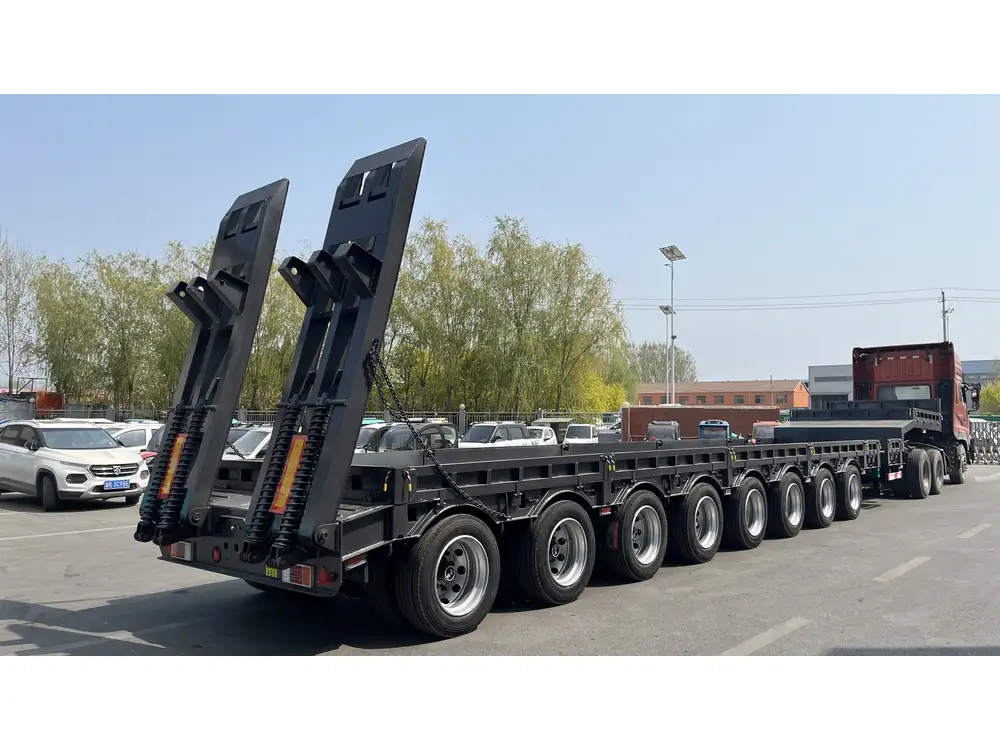
Assessing Your Requirements
Before making a decision, evaluate your specific needs:
- Type of Cargo: Different materials and sizes require different trailer configurations.
- Weight Limitations: Assess the weight capacity needed based on cargo and regulatory limits.
- Operating Environment: Consider the terrain and conditions where the trailer will primarily be used.
Comparison of Different Models
When choosing a 30 ft flatbed trailer, examining multiple models will provide clarity on the best fit for your needs.
| Model | Weight | Load Capacity | Key Features |
|---|---|---|---|
| Model A | 3,600 lbs | 25,000 lbs | Lightweight aluminum frame. |
| Model B | 5,200 lbs | 30,000 lbs | Equipped with hydraulic brake system. |
| Model C | 6,800 lbs | 28,000 lbs | Heavy-duty reinforced steel construction. |
Initial Maintenance Considerations
Weight also plays a vital role in maintenance routines. Heavier trailers often face increased wear and tear on tires, brakes, and suspension systems:
- Regular checks on wheel alignment can mitigate uneven wear.
- Inspecting brakes frequently is essential, particularly for heavier models.
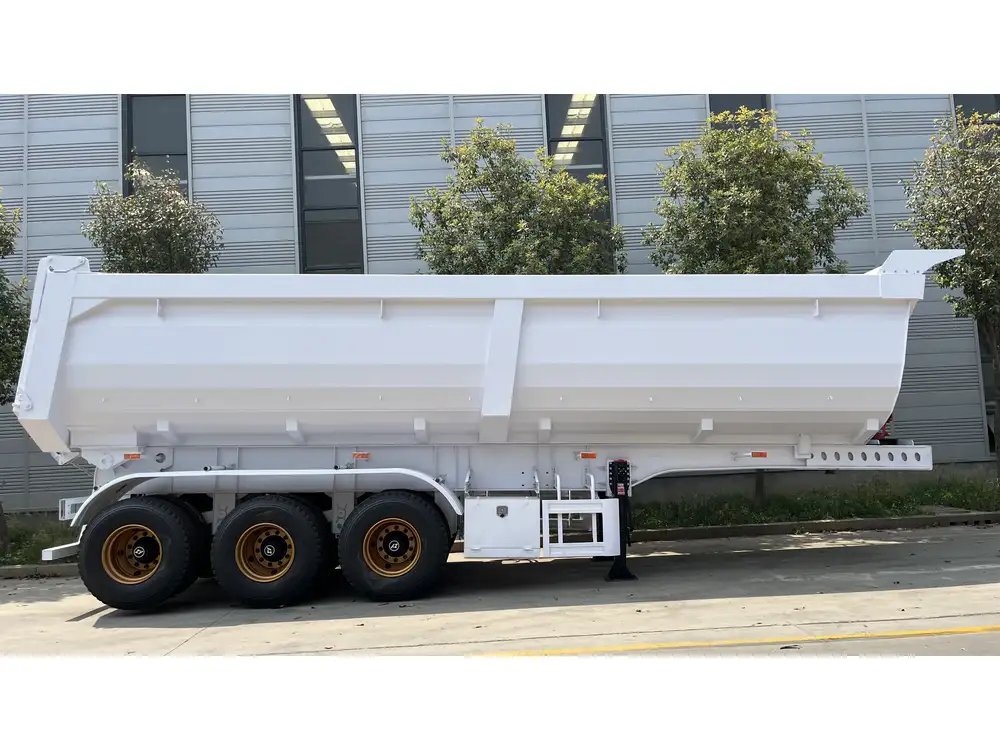
Conclusion
Understanding the weight of a 30 ft flatbed trailer transcends mere numbers; it’s about grasping the intricate interplay of design, materials, and safety regulations. Knowledge of these aspects not only ensures compliance with legal standards but also enhances operational efficiency. Whether you are a manufacturer, distributor, or operator, contemplation of weight in relation to the trailer’s purpose is paramount, equipping you for intentional, informed decisions.
In sum, dealing with flatbed trailers entails not just an insight into how much they weigh, but a holistic understanding of their capabilities, limitations, and the vital role they play in the broader supply chain of logistics. By arming yourself with the right information, you can ensure that your transportation operations run smoothly, safely, and effectively—well worth the weight.
Call to Action
For those in the market for a flatbed trailer or looking to optimize your fleet, consider contacting our dedicated team of experts. We can help guide you through your requirements and ensure that you select the ideal solution that matches your logistical needs.



